Do Americans Do Gardening? Exploring This Popular Hobby
Gardening has become a beloved pastime for many in the United States. Over half of American households engage in gardening activities, reflecting a strong interest in growing their own plants and produce. Whether it’s tending to vibrant flowerbeds or cultivating lush vegetable gardens, the trend is widespread.
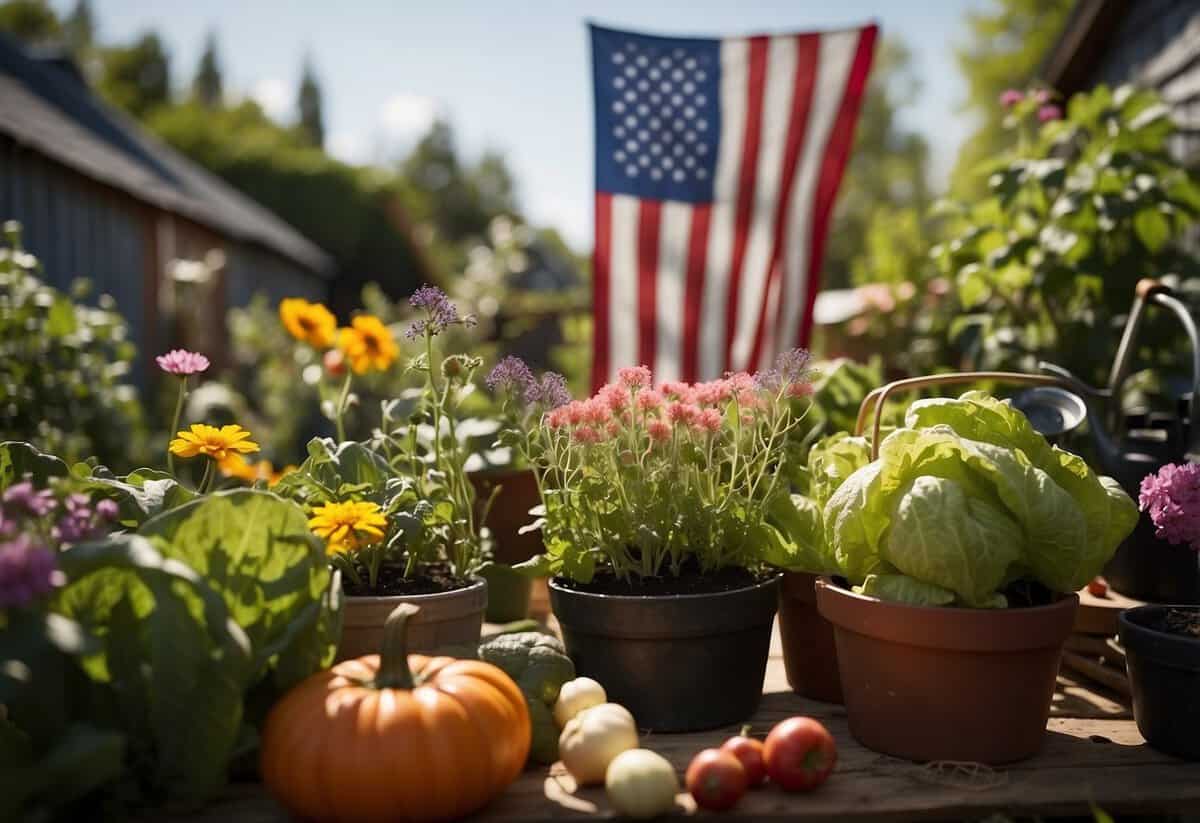
The Covid pandemic played a significant role in this surge, with millions of new gardeners emerging, many of whom are millennials. From small apartment balconies to sprawling suburban yards, Americans are finding ways to incorporate gardening into their lives.
Interestingly, the average U.S. garden not only beautifies spaces but also provides tangible benefits. For instance, a typical garden produces about $600 worth of food annually. With such rewarding returns, it’s no wonder that gardening continues to flourish across the nation.
The State of Gardening in America

Gardening in America has diverse demographics and intriguing statistics. Trends show shifts influenced by various factors over time.
Gardening Demographics
Gardening is popular across different age groups in America. Millennials are a growing segment, making up 29% of gardener demographics. Baby boomers also have a strong presence in the gardening community.
Gen Z is starting to show interest, but their involvement is not as pronounced as the older generations. The increase in community gardens has also allowed city residents to participate in gardening activities.
Gardening Statistics Overview
The average U.S. garden is 600 square feet and produces approximately $600 worth of food annually. About 55% of American households engage in gardening activities, demonstrating a significant interest in the hobby.
Food gardens are particularly popular, yielding a higher return on investment, with an estimated 757% return on food gardening in 2021. People spend about five hours a week gardening, making it a substantial part of their weekly routine.
Trends Influencing American Gardening Habits
The Covid pandemic significantly impacted gardening trends. It introduced 18.3 million new gardeners, many of whom are millennials. This caused a spike in global online sales of gardening goods, which doubled during the pandemic.
The popularity of home gardening has increased, with 86% of home gardeners growing tomatoes. Additionally, concerns about sustainable living and self-sufficiency have spurred more people to start growing their own food.
Community gardens and national preserves also play a role in promoting gardening habits among Americans.
Gardening: A Multifaceted Activity
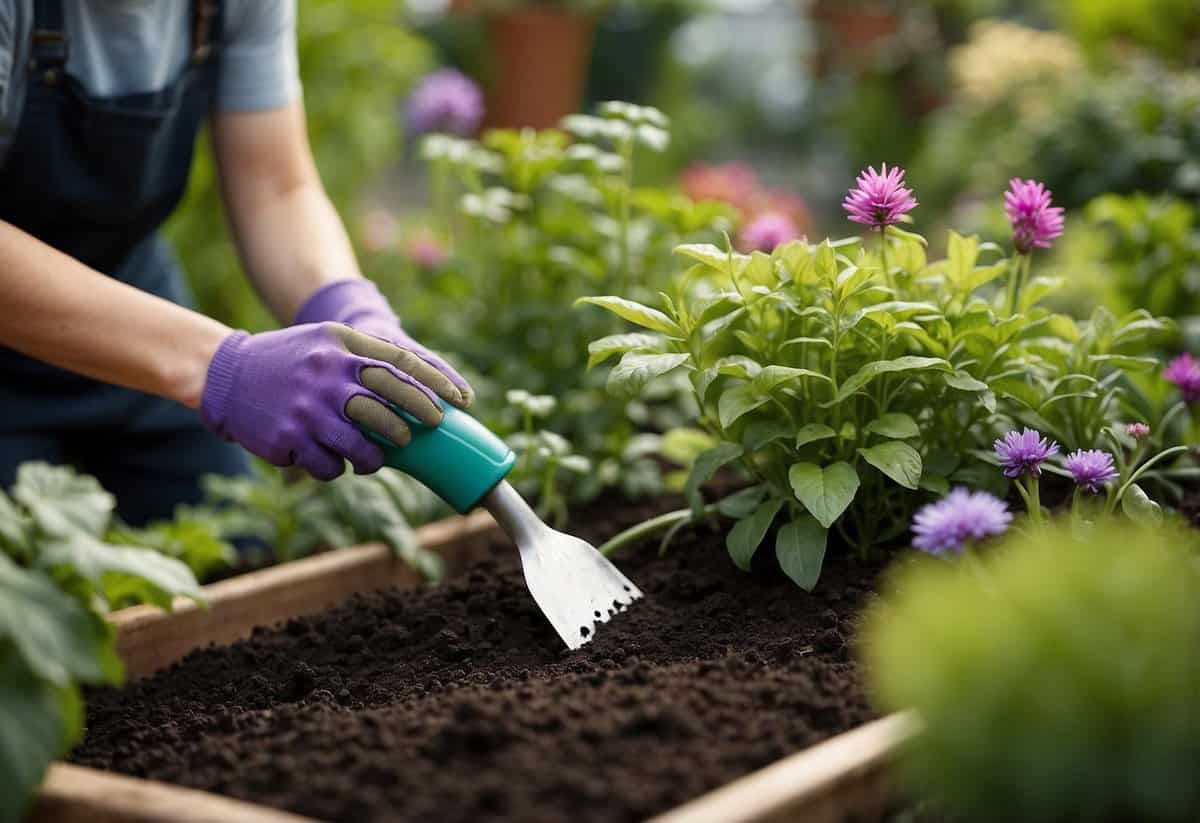
Gardening provides numerous benefits, including improved mental health, increased physical activity, and stronger social bonds. It also has significant positive impacts on the environment and local wildlife.
Health and Therapeutic Benefits
Gardening offers substantial mental health benefits. Spending time in nature and engaging in gardening activities can reduce stress and improve overall well-being. It can also help you stay physically active, which is particularly useful for older adults who often use gardening as exercise, making it the second most common leisure-time physical activity after walking.
Engaging with nature has been shown to have several cognitive benefits. By working with plants and soil, you can experience a sense of calm and satisfaction that enhances your mood. Community gardens also provide a space for therapeutic activities that foster emotional resilience and mental clarity.
Social and Community Impact
Community gardens facilitate social interactions and build stronger local networks. They create a shared space where people from different backgrounds can collaborate and connect, enhancing social cohesion. For many, the experience of working together in a communal garden can foster a sense of belonging and mutual support.
Participating in community gardening also encourages educational opportunities, such as learning about sustainable practices and local flora. By sharing resources and knowledge, you and your neighbors can develop skills that benefit the entire community. Social media platforms often help coordinate activities and spread awareness about the benefits of community gardens.
Environmental Contributions
Gardening has a positive impact on the environment. Community gardens can transform urban spaces, making them greener and more pleasant. These spaces often use sustainable practices that help conserve water, reduce pollution, and support local wildlife.
Organizations like the National Wildlife Federation often promote community gardens to create habitats for local species. By planting native species and avoiding pesticides, you can provide food and shelter for birds, insects, and other wildlife. These efforts contribute to a healthier ecosystem and a more sustainable environment.
Popular Plants and Produce in American Gardens
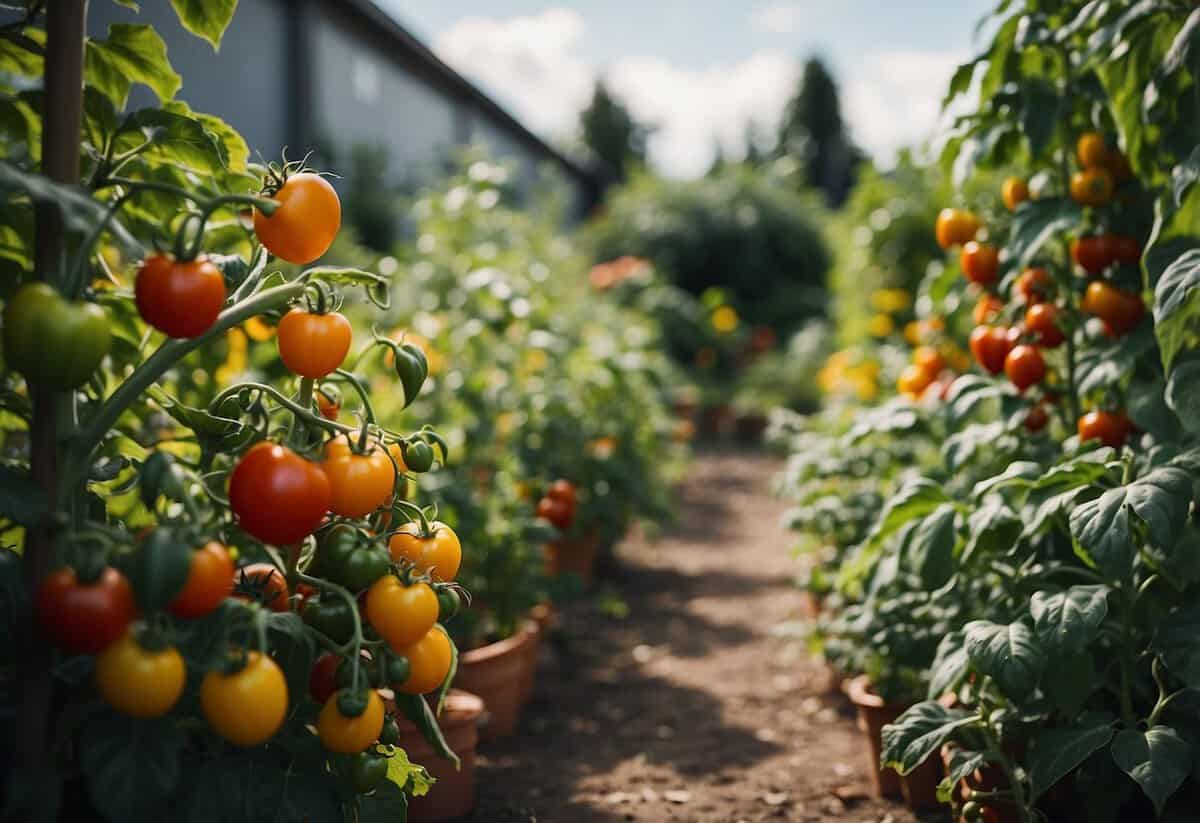
In American gardens, certain vegetables, flowers, herbs, and houseplants have become particular favorites due to their ease of care and the joy they bring to gardeners. Below, each category is explored in detail to help you understand what’s popular today.
Vegetable Gardening Favorites
Many Americans enjoy growing vegetables in their gardens. Tomatoes are a top favorite because of their delicious taste and versatile use in many dishes. Cucumbers are another popular choice, as they are easy to grow and perfect for salads.
Peppers, including both hot and sweet varieties, also find their way into many gardens. These plants are loved for their vibrant colors and flavors. Beans, carrots, and lettuce are other common choices. Growing your own vegetables can yield high returns, often producing about $600 worth of food from an average garden.
Flowering Plants and Ornamentals
Flowers and ornamental plants add beauty and color to any garden. Roses remain a classic favorite for their elegance and fragrance. Sunflowers are cherished for their tall, cheerful appearance and are very easy to grow from seeds.
Marigolds and petunias are popular because they are low-maintenance and bloom in bright colors. Many gardeners also choose native plants like coneflowers and black-eyed Susans, as they are well-suited to local climates and support local wildlife.
Herbs and Houseplants Phenomenon
Growing herbs is a wonderful way to add fresh flavors to your cooking. Basil, mint, and parsley are among the most common due to their culinary uses. These herbs are usually grown in outdoor gardens or even in small indoor pots.
Houseplants have seen a resurgence, especially among younger gardeners. Succulents and snake plants are trendy choices because they require minimal care. Spider plants and pothos are also popular indoor plants, loved for their air-purifying qualities and easy maintenance.
In cultivating these plants, whether indoors or outdoors, you’re participating in a hobby that brings greenery and enjoyment into everyday life. For more insights, you can visit Garden Pals and RubyHome.com.
The Logistics of Starting and Maintaining a Garden
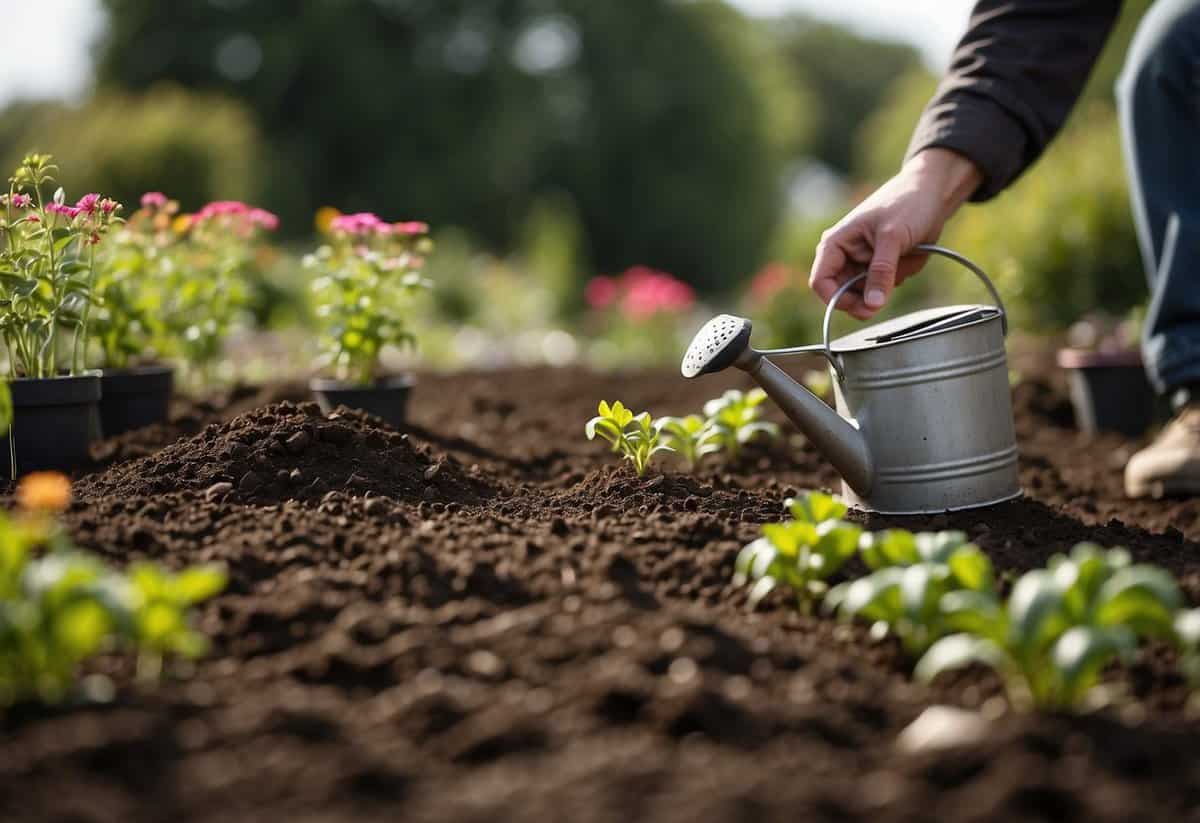
Starting and maintaining a garden involves choosing the right space, getting the necessary tools, and managing your budget. Whether you’re new to gardening or experienced, these steps are crucial for a successful garden.
Space Utilization: Garden Types and Sizes
When choosing a garden space, consider the type and size of the garden you need. Container gardens are great for small spaces like balconies or patios. They are easy to manage and perfect for growing herbs, flowers, and small produce like tomatoes.
For larger areas, you might opt for raised beds or traditional in-ground gardens. Raised beds are easier to weed and keep pests away. They also allow for better soil control. In-ground gardens are suitable if you have ample space and want to grow a variety of fruits and vegetables.
Make sure to choose a spot with enough sunlight, usually a location that receives 6-8 hours of sun per day. Different plants have different needs, so plan accordingly.
Gardening Tools and Techniques
Your garden’s success depends heavily on having the right tools and using proper techniques. Basic gardening supplies include a shovel, trowel, hoe, watering can, and gloves. These tools help you with planting, weeding, and maintaining your garden.
Weeding is a routine task that prevents unwanted plants from taking nutrients away from your crops. Regular watering is crucial, especially in warmer climates like the South and West, to keep plants hydrated. Use mulching to retain soil moisture and reduce weeds.
Techniques like crop rotation and companion planting can increase garden productivity. Crop rotation involves changing the location of different plant types each year to avoid soil depletion. Companion planting places mutually beneficial plants together, enhancing growth and pest control.
Budgeting and Economy of Gardening
Starting a garden can be as simple or as elaborate as you want. On average, American households spent over $47 billion on gardening supplies in recent years. New gardeners should start with a clear budget to manage costs.
Initial expenses might include soil, seeds, containers, and basic tools. Over time, you may invest in compost, advanced tools, and better irrigation systems. Container gardening may cost less initially but limits the type and quantity of produce.
Join local gardening clubs or community gardens to share resources and reduce costs. These communities often engage in beneficial gardening activities, providing support and advice. Buying in bulk and utilizing DIY solutions can also help you save money.
Gardening is rewarding both economically and personally. It improves your well-being and provides fresh, homegrown produce.
Gardening in the Digital Age
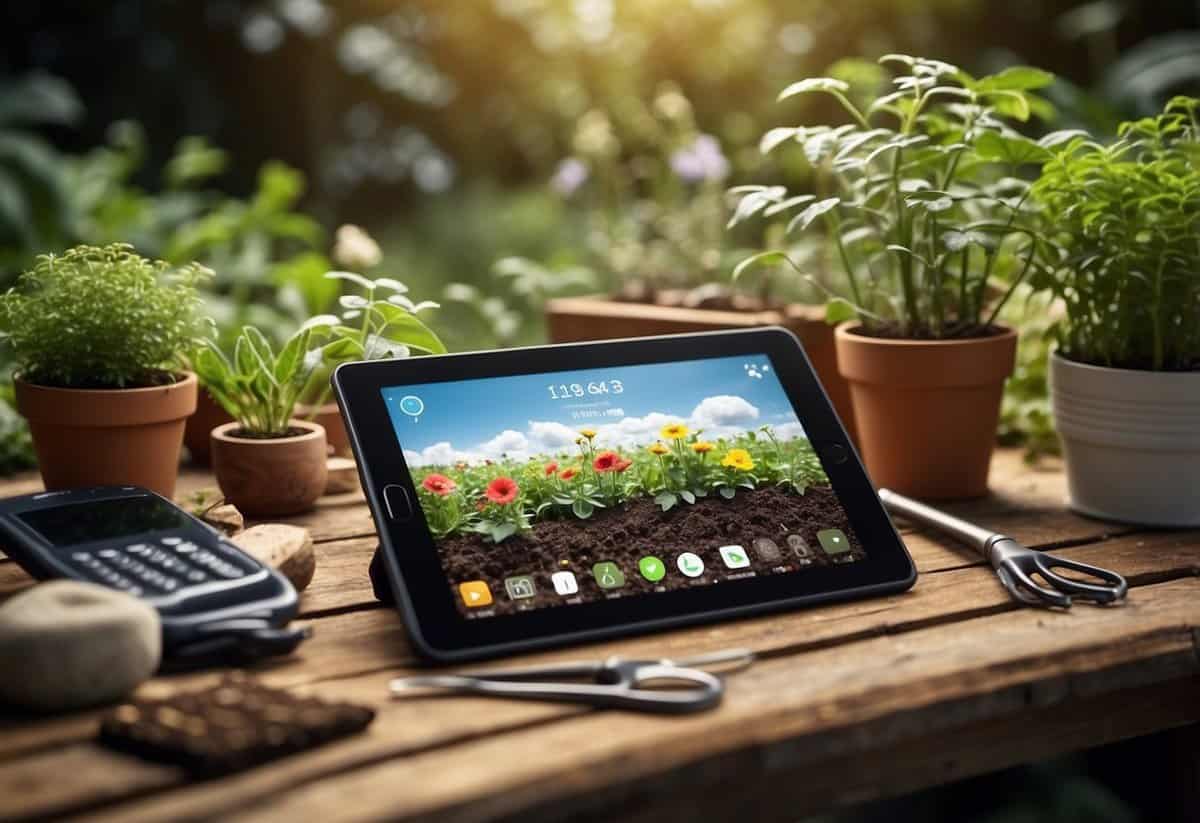
Technology is reshaping gardening, bringing innovations in e-commerce and social media that make it easier for people of all groups to enjoy this hobby. You’ll see how online shopping and communities are changing how we grow and care for our plants.
Influence of E-Commerce on Gardening
E-commerce has made gardening supplies more accessible. Online stores offer a wide range of products, from seeds to tools, allowing you to conveniently buy everything you need. This has been particularly helpful during the COVID-19 pandemic, as many turned to gardening while staying at home.
The availability of organic and heirloom seeds has increased. You can find unique plant varieties that may not be available in local stores. This helps both professional gardeners and hobbyists try new gardening techniques.
Home delivery services save time and effort. You can order everything from growing vegetables to urban gardening kits, tailored to your space and needs. E-commerce platforms also allow reviews, helping you choose the right products based on other gardeners’ experiences.
The Role of Social Media and Online Communities
Social media and online communities play a significant role in modern gardening. Platforms like Facebook, Instagram, and specialized gardening forums connect you with other enthusiasts. This encourages the sharing of tips, photos, and successes.
You can find support and advice from people who share your interests. Whether you’re a Gen X, millennial, or a first-time gardener, these communities are welcoming. They offer guidance on specific challenges, like planting bulbs in small spaces or managing pests.
Virtual gardening groups foster a sense of community. For example, the United States Department of Agriculture and other organizations often share valuable resources. Connecting with these groups helps you stay informed about trends and best practices, making your gardening journey more rewarding.







